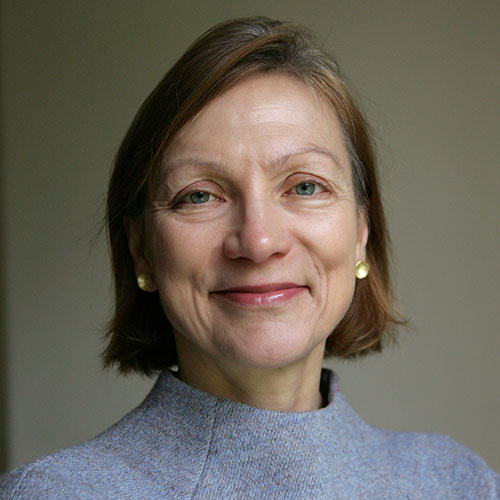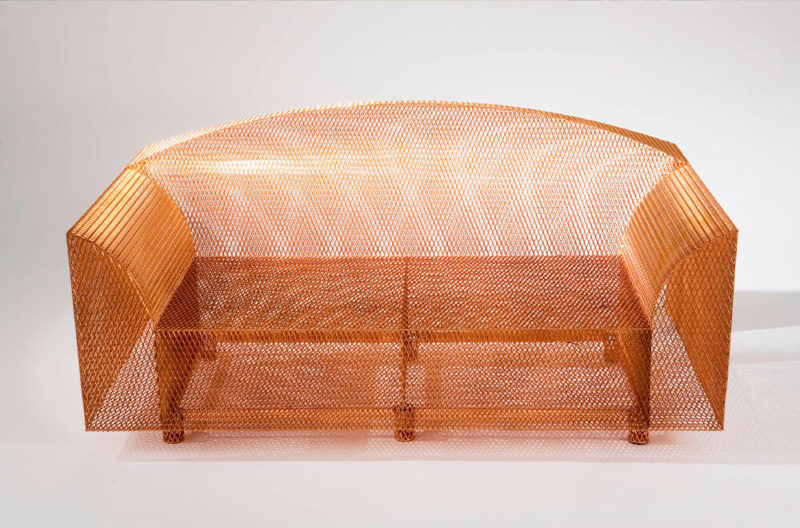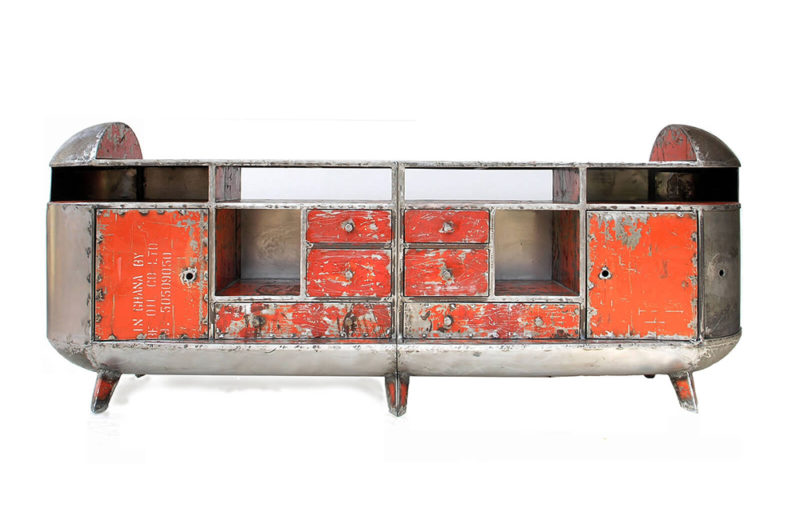Pearl Lam
“The whole concept of cross-disciplinarity can be traced back to the Chinese literati. We have no segregation, we have no discrimination. We don’t even have a name for ‘artist’.”
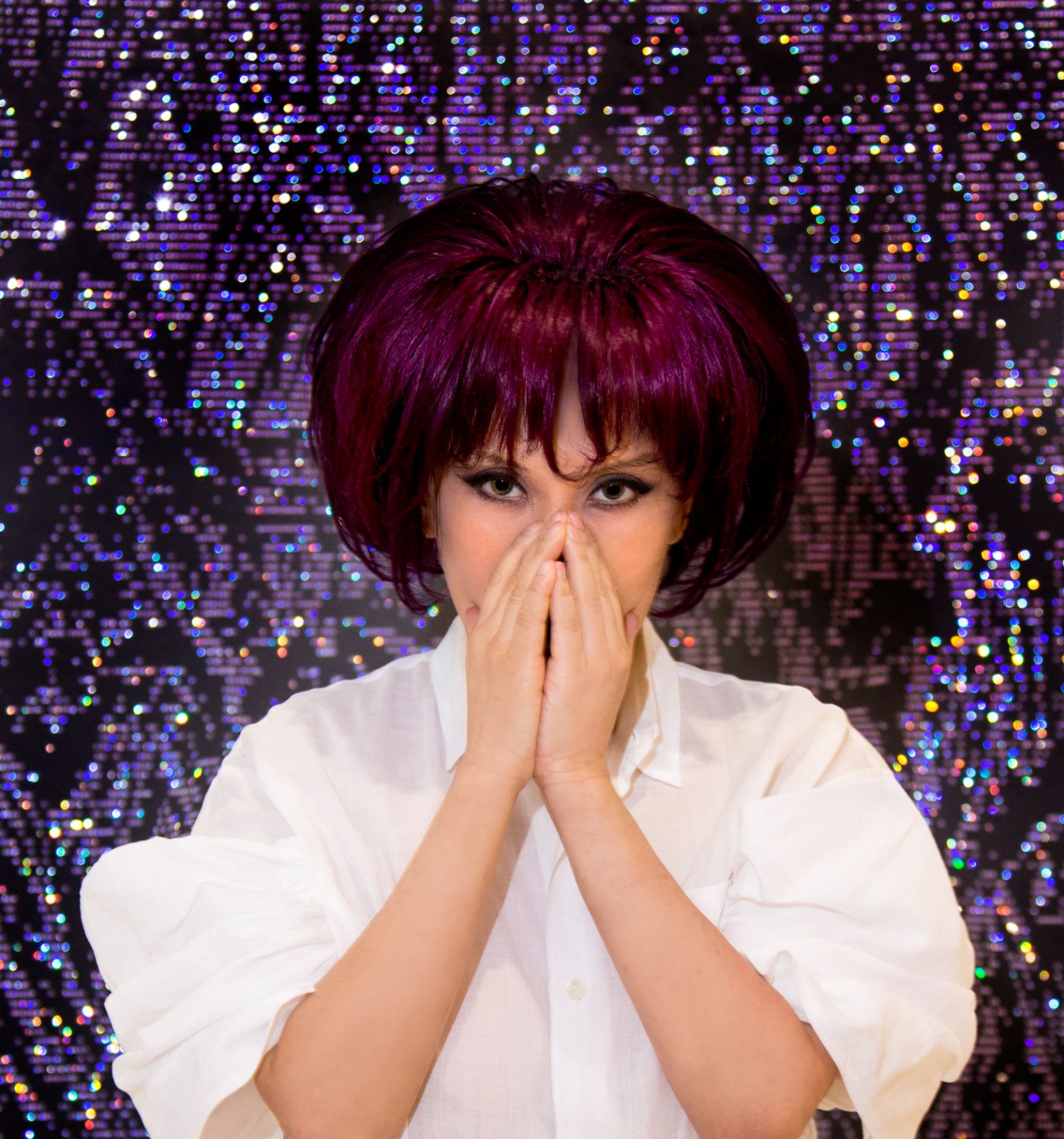
Pearl Lam
COURTESY: Pearl Lam Galleries
THE IRREPRESSIBLE PEARL Lam, known for her magnificent magenta hair and bold eye for new talent, will launch her stand on 10th November at the ninth edition of the West Bund Art & Design fair. Under the aegis of Pearl Lam Galleries Shanghai, the stand will combine painting with collectible design, bringing together artists from both East and West, with Lam’s trademark defiance of conventional boundaries between media, genres and cultures.
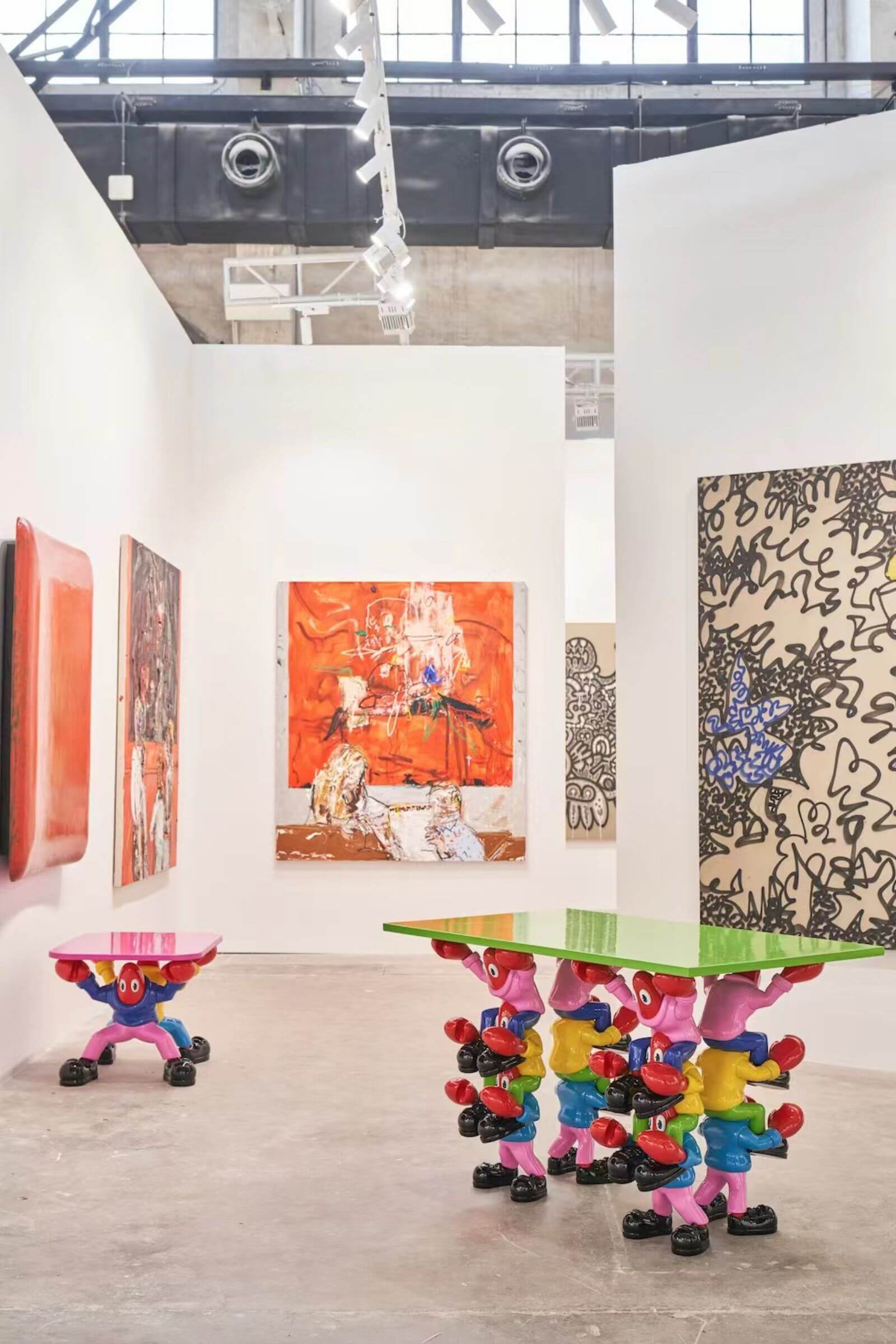
Philip Colbert, (left) ‘Lobster Stool (Magenta)’, 2022 (right) ‘Lobster Desk’, 2022, at West Bund Art & Design Fair in Shanghai
COURTESY: Philip Colbert & Pearl Lam Galleries
As well as her Shanghai base, Lam has galleries in Hong Kong and Singapore, through which she pursues her mission to bring to the growing collector-base in Asia the wide range of artists and designers she has spotted and championed. These have included Ron Arad, Maarten Baas, Enrico Marone Cinzano, André Dubreuil, Shao Fan, Danful Yang, Xue Tao, Philip Colbert and Andrée Putman. Earlier this year, she hosted the exhibition ‘A Thousand Layers of Stomach’, by conceptual design duo Studio Swine, at her gallery in the Pedder Building, Hong Kong.
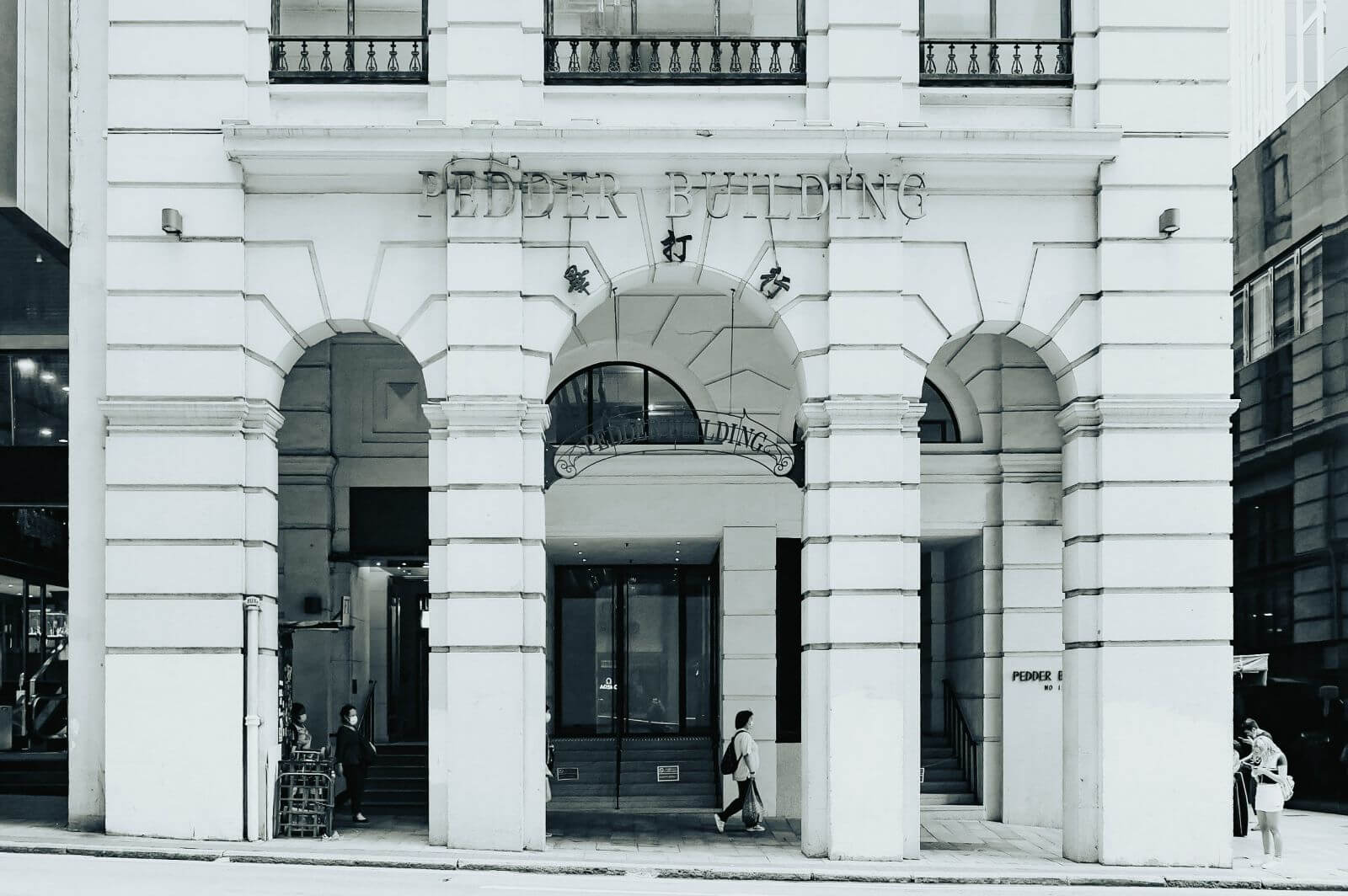
Pearl Lam Galleries, Pedder Building, Hong Kong
COURTESY: Pearl Lam Galleries
Lam was born in Hong Kong, to a wealthy Chinese family. She was educated in the US and UK, before returning to Shanghai in 1993. That year she began to organise pop-up exhibitions in Hong Kong, reflecting her own enthusiasms. Her first permanent space opened in Shanghai in 2005, with a focus on design, while in 2008, she founded the China Art Foundation to bridge the gap between the West and China.
Her work extends further to sponsoring exhibitions of western art in China and funding an artist-in-residence programme in Shanghai for Western and Asian designers. A dynamic figure in the art world internationally, she sat down to talk with TDE about her interests in design and the evolution of her galleries.
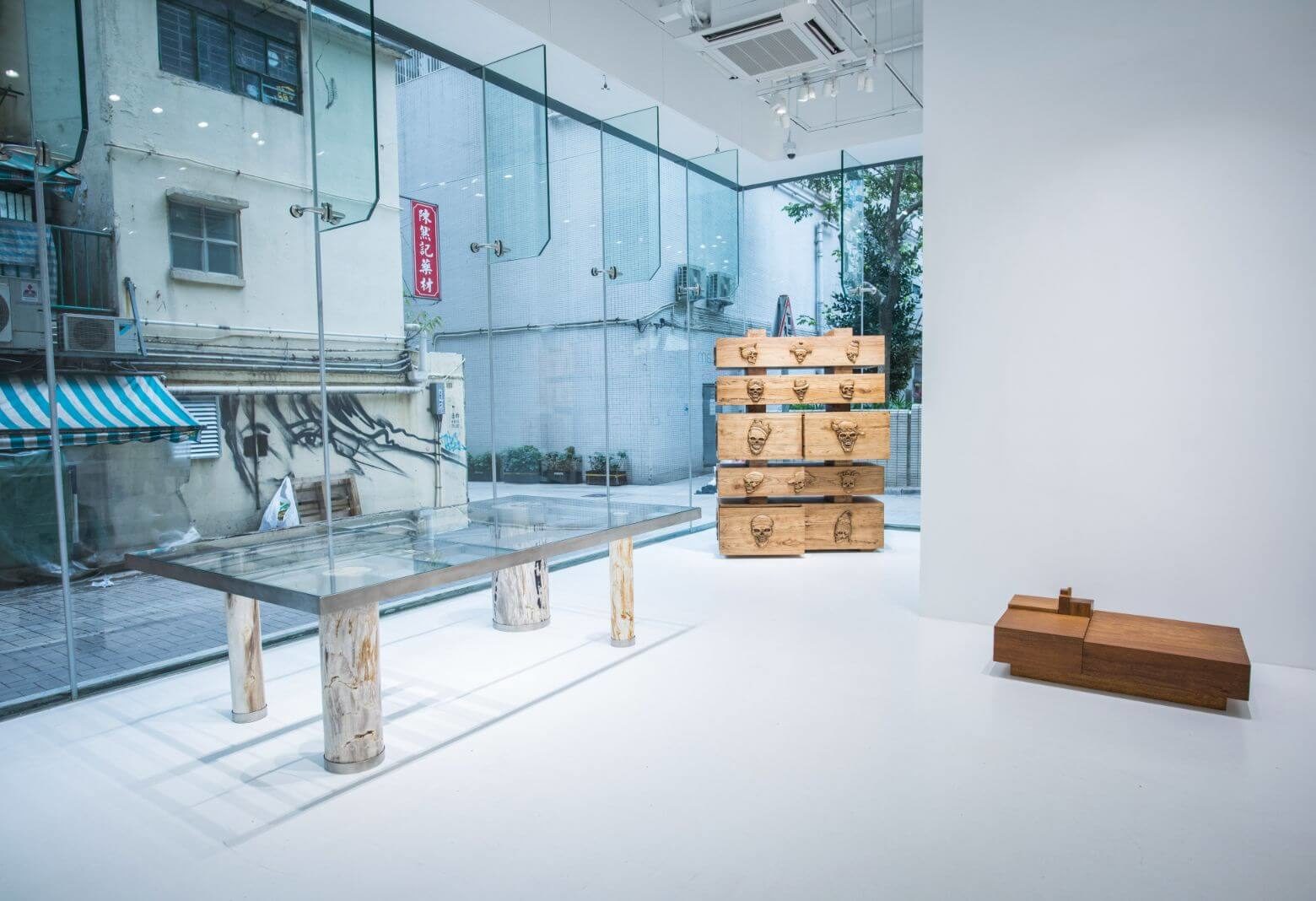
Exhibition view, ‘China Clean’, by Enrico Marone Cinzano, 2016
COURTESY: Enrico Marone Cinzano & Pearl Lam Galleries
The Design Edit (TDE): How did you develop your passion for design?
Pearl Lam: I only understood that I had this passion when I started decorating my own home. It was 1992. I had always liked design because when I was in London as a student I went to shows and saw the work of Danny Lane and Ron Arad and I really loved it. But I had no budget – no spending power! And also … where was I going to put it? But in 1992 I was given a budget. I was trying to delay going back to Hong Kong, so I said, “OK, I will have to decorate.”
TDE: So what were you buying then?
Pearl Lam: I bought Tom Dixon and Patrice Butler; I bought Danny Lane and Mark Brazier Jones. Later on, in 1995, I bought André Dubreuil. Then I also started buying antiques such as work by Serge Roche. French design of the 1930s and 1940s was fashionable at that time.
TDE: So you were mixing that with contemporary design?
Pearl Lam: Yes, and with traditional Chinese Huanghuali furniture.
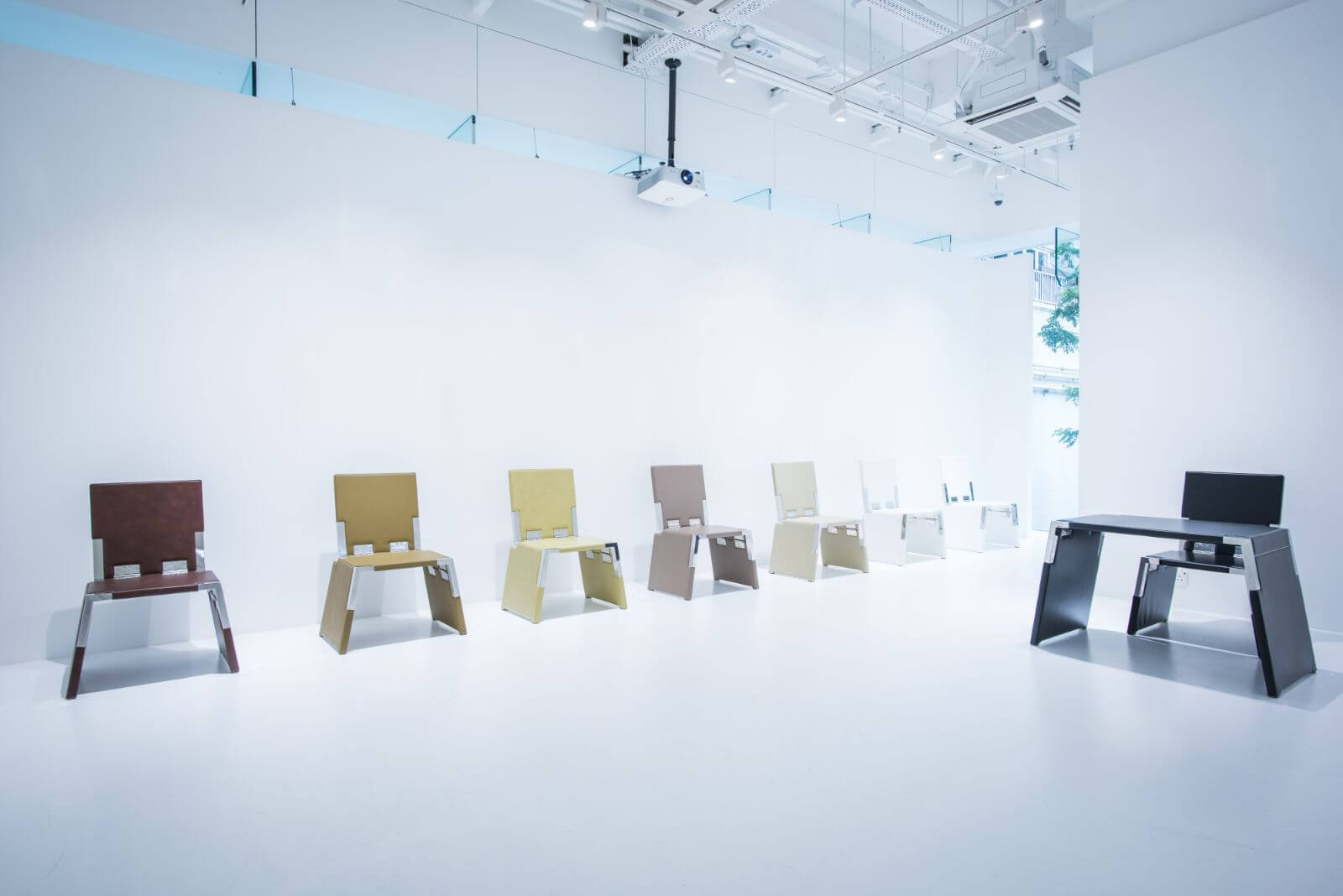
Exhibition view, ‘China Clean’, by Enrico Marone Cinzano, 2016
COURTESY: Enrico Marone Cinzano & Pearl Lam Galleries
TDE: You then established your first gallery space in Shanghai?
Pearl Lam: Well, I started doing pop-up shows in 1993. I wanted to open a gallery, but my father said “No way, you’re not going to open a gallery.” So then I got an agreement. My father and I both settled that I could do pop-up shows in Hong Kong. I was mixing art and design. In Hong Kong I believe you have to market design and promote it as a lifestyle, rather than anything intellectual or academic … because artworks alone are thought to be intellectual. For my first show, I had artist Carolyn Quartermaine, then I had Tom Dixon and others. I took them to Shanghai. I was also trying to do editions in Shanghai but the quality was so bad – so it didn’t happen.
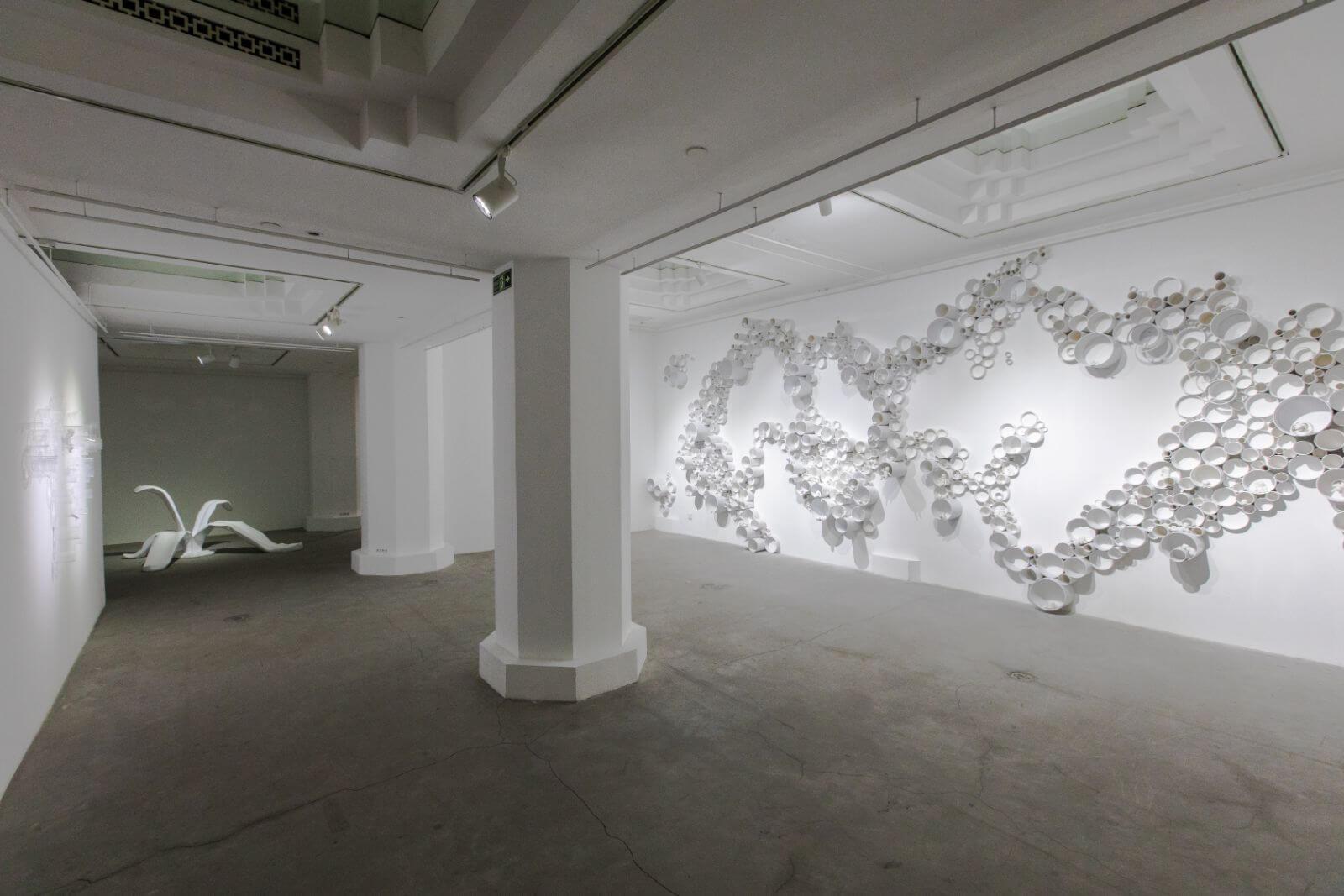
Exhibition view, ‘GANWU: Sensing the Material’, Shanghai, 2018
COURTESY: Pearl Lam Galleries
TDE: Going on through the 1990s …
Pearl Lam: Every year I did one, two or three shows, then in 1998 I stopped because of the Asian crisis, and basically my family (because I was working for my family at the time) said to me, “You cannot do all these shows. It only shows frivolity when Hong Kong is hurting with the economy, please don’t carry on.” And so I stopped. Then starting in 2003, I started working with the museums – in Shanghai and with the National Gallery in Bejing – to start sponsoring their shows. I sponsored the Andrée Putman exhibition, ‘Inside Chic’, at the China Art Museum in Shanghai in 2004. It was only when my father passed away that I opened the gallery.
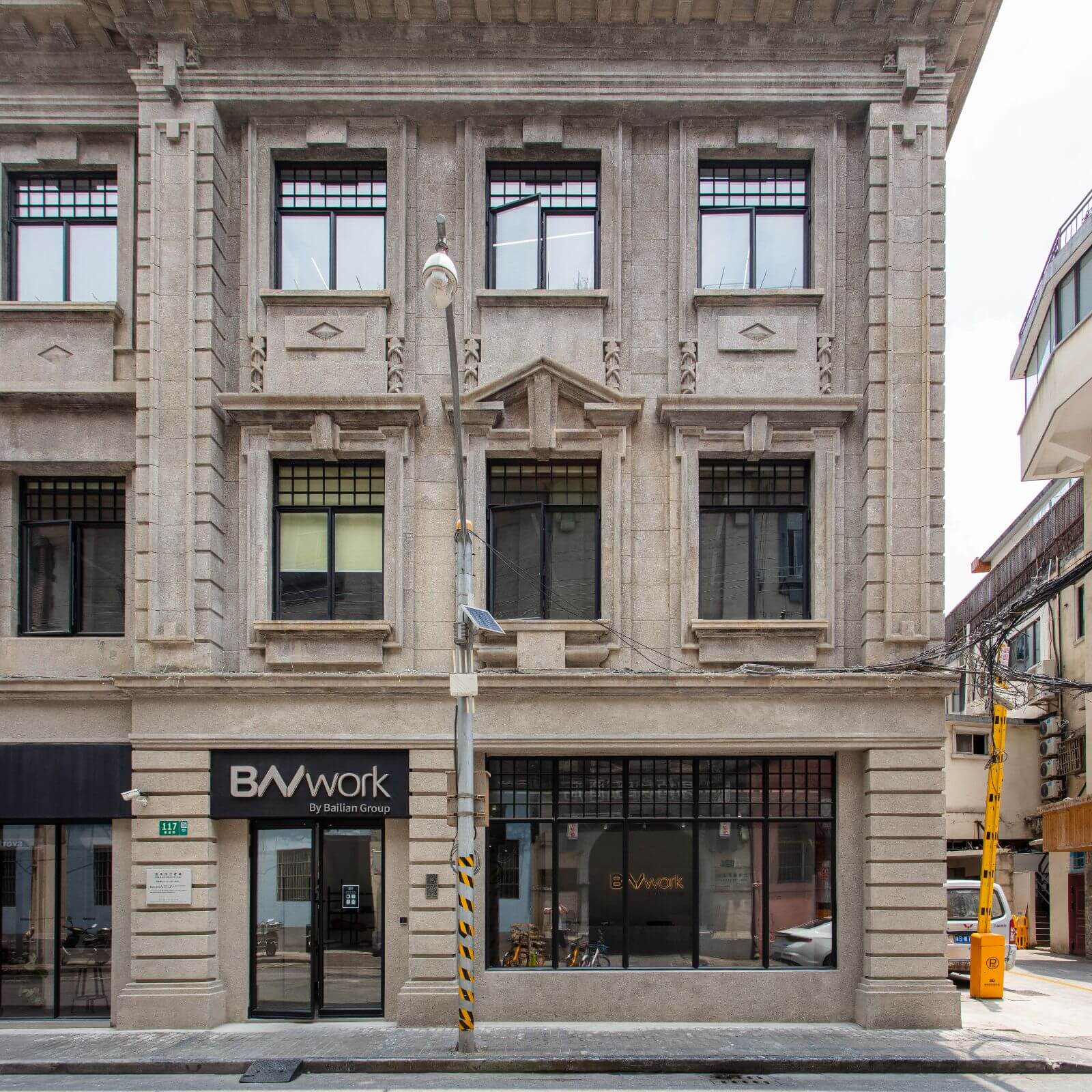
Pearl Lam Galleries Shanghai
COURTESY: Pearl Lam Galleries
TDE: So it started out dedicated to design …
Pearl Lam: I always talk about cross-discipline, this idea was there from the start. At the time we were showing Chinese artists, sometimes we even showed 18th-century French painting as we were collaborating with Didier Aaron. So we were using past, present and cross-discipline. The whole concept of cross-disciplinarity can be traced back to the Chinese literati. We have no segregation, we have no discrimination. We don’t even have a name for ‘artist’. The Chinese word for literati covers everything that the literati might become expert in – architecture, design, pottery, calligraphy, music – everything. It’s all about cross-discipline.
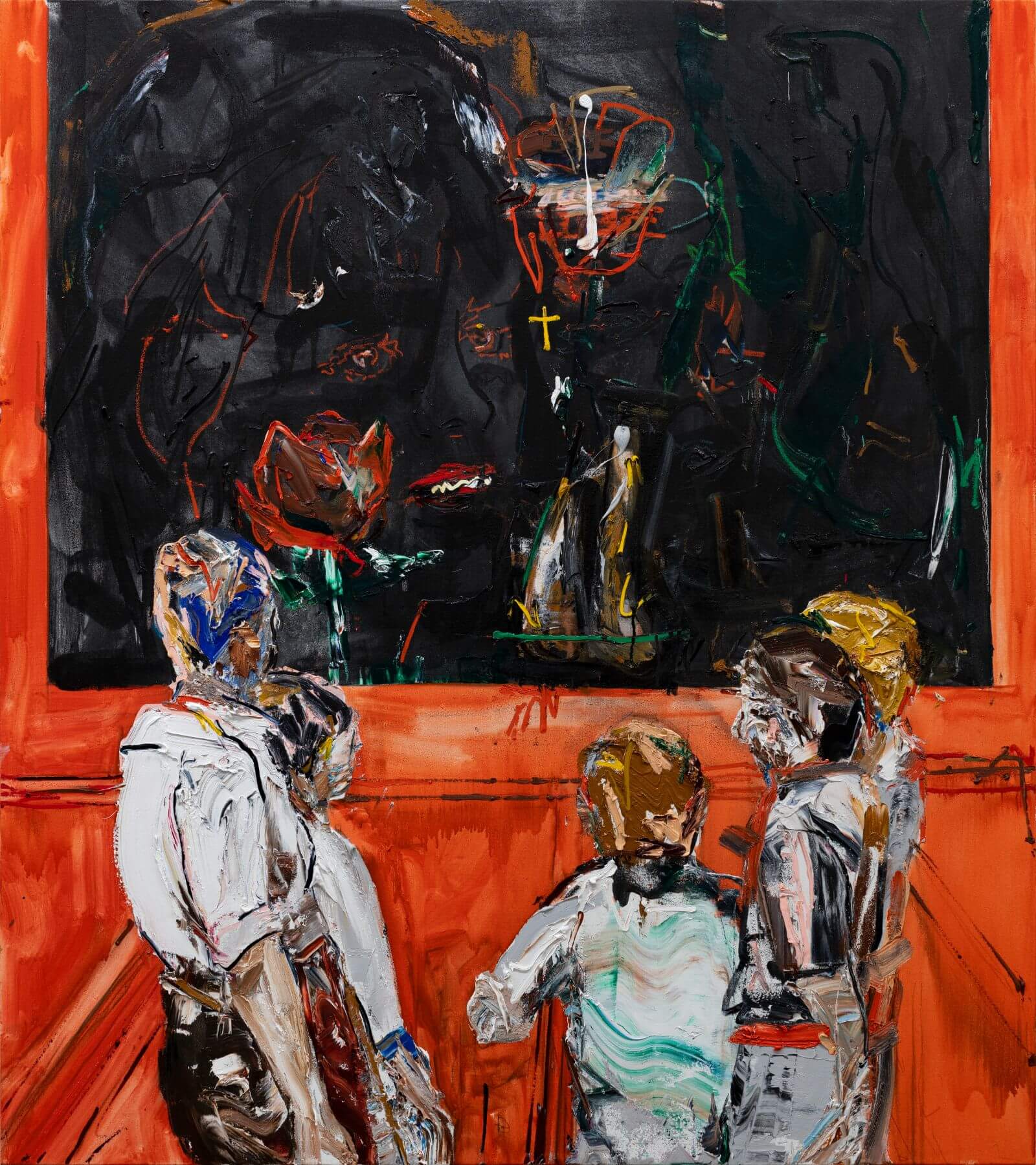
John Copeland, ‘If you only knew’, 2022, showing at West Bund Art & Design Fair in Shanghai
COURTESY: John Copeland & Pearl Lam Galleries
TDE: This cross-disciplinary way of approaching art and design, reflected in your exhibitions, was there already a recognition of the value of this?
Pearl Lam: Remember, I’m from Hong Kong, so we don’t know anything about Chinese philosophy. So it was just like an introduction, an education. And also at the time not many people were interested in art or design. So, for me, the marketing strategy has always been selling to the crème de la crème – asking them to set the examples so that will influence others … For most people, at the time, my approach was too intellectual. They didn’t care about cross-discipline, they just wanted to see something, like it and buy it. Or they came to support me and they would buy anything. At that time the interest was not as strong as it is today. It wasn’t there. Today, when you buy art, it’s what everyone does. Design is not quite there yet, but it’s much better than when I started.
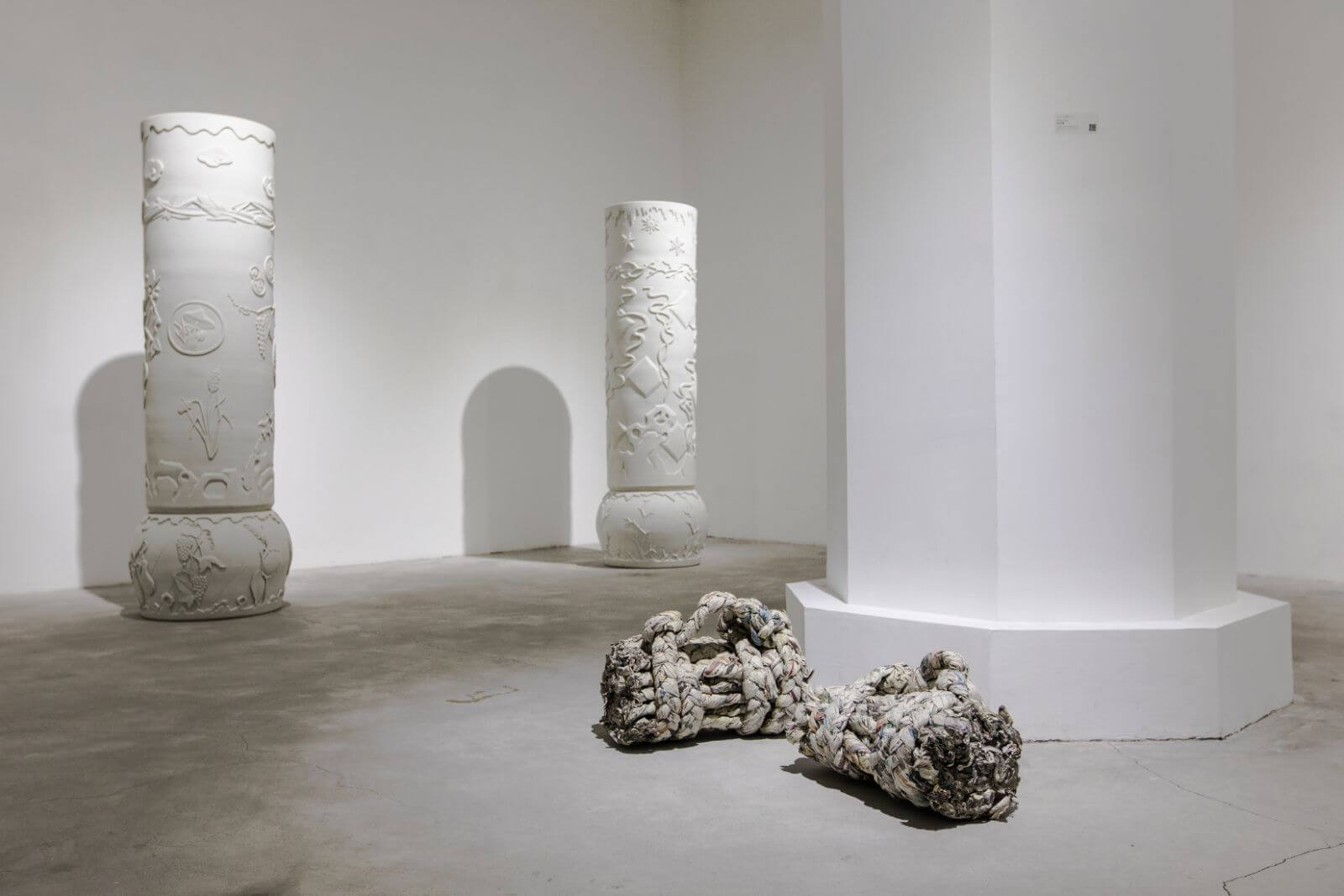
Exhibition view, ‘GANWU: Sensing the Material’, Shanghai, 2018
COURTESY: Pearl Lam Galleries
TDE: I think you were asked by the French Consulate to create an exhibition?
Pearl Lam: I got a lot of encouragement from the French consulate. Hong Kong people at the time thought that I was a delinquent because I was doing art and design, something they didn’t understand. I remember after the first show my father took me for lunch and he literally begged me, he said, “You know I have never pleaded with anybody, please can you just close … all my friends are calling me and asking me what the hell you are doing. No-one understands. If you want to buy these things, just buy them! You know all my friends will buy from you, but they don’t even know how to put them in a place. They don’t know what to do with it.” So he said to me, “This is the epitome of frivolity.” Not understanding that this is culture! And meanwhile the French consulate general, who came with his wife, loved it so much that he invited me to France. He asked me to use the same concept for French designers and artists. So without the French I wouldn’t have continued. Honestly. It was such an encouragement, it was enlightening.
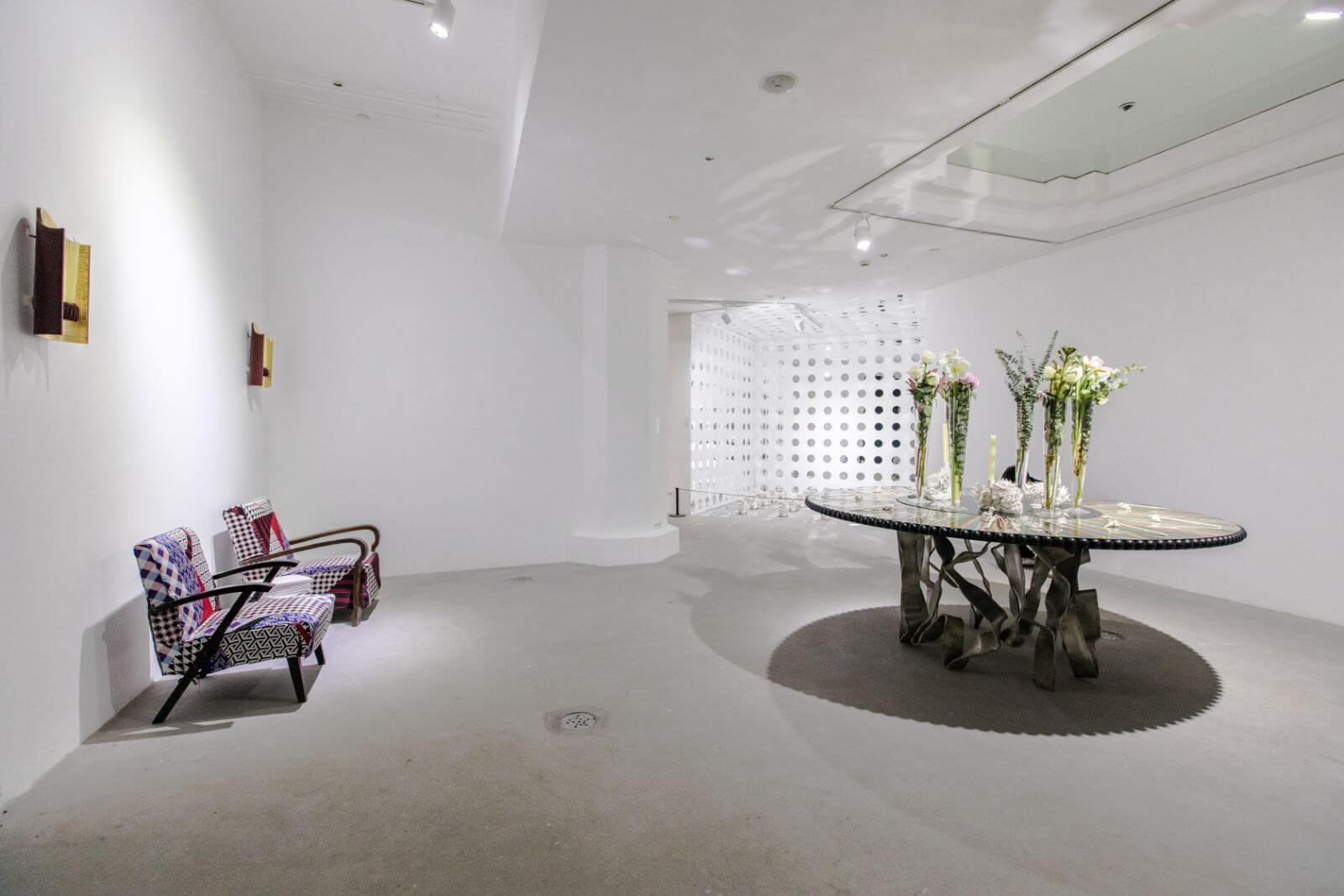
Exhibition view, ‘GANWU: Sensing the Material’, Shanghai, 2018
COURTESY: Pearl Lam Galleries
TDE: And since then things have changed of course…
Pearl Lam: Things have changed a lot, even in China. I have a design gallery in China. At the time it was one design gallery and one art gallery. No-one visited the design gallery and when they did visit they came with a carpenter, or someone to measure and copy it. Blatantly. This was 2005 and 2006. I remember one of the Chinese artists I showed, Shao Fan, was using an old Chinese antique chair and it was completely deconstructed. And people said, “What is this! It’s completely disrespectful”. It was another world. Today, of course, they are wholly embracing all of that.
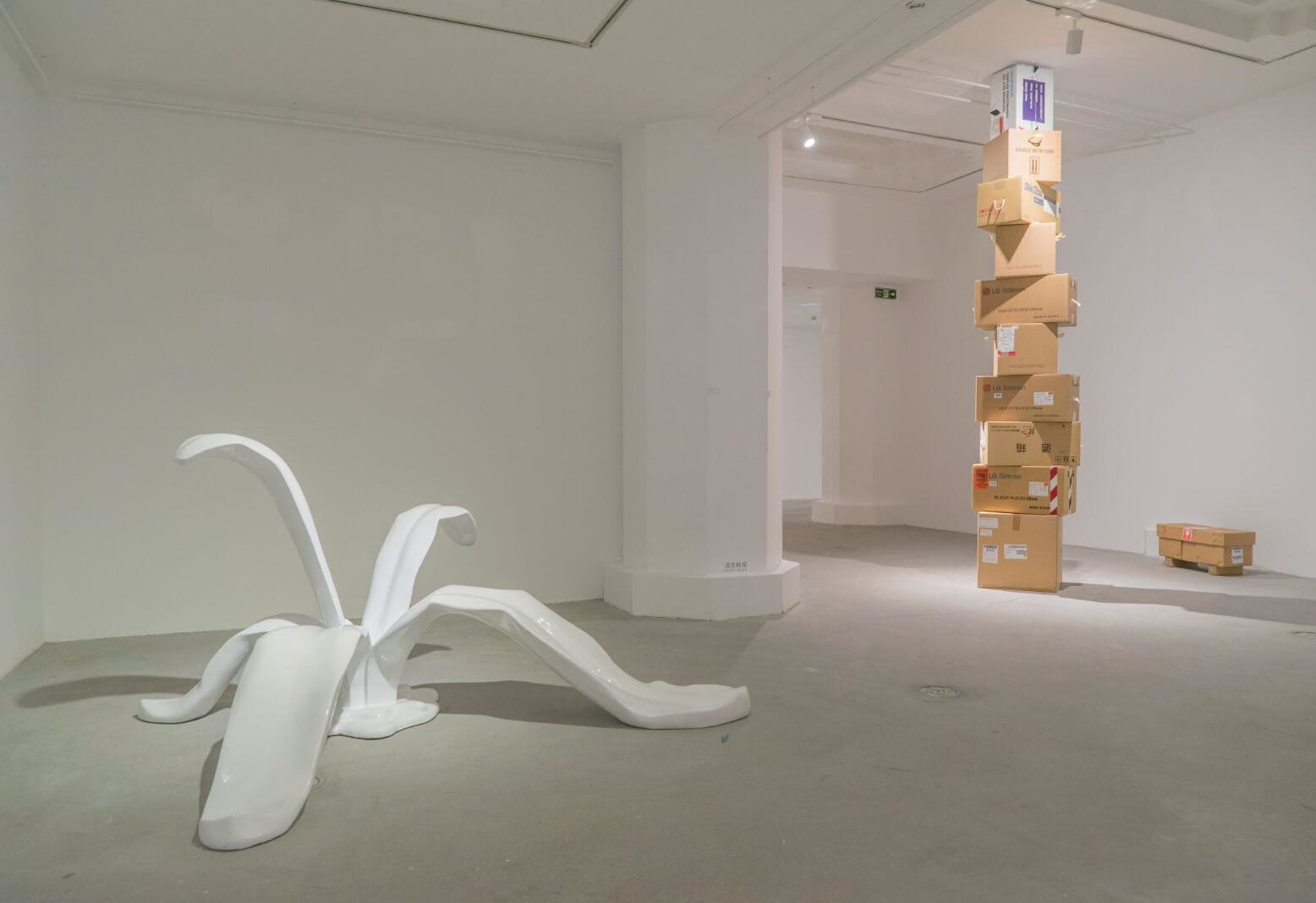
Exhibition view, ‘GANWU: Sensing the Material’, Shanghai, 2018
COURTESY: Pearl Lam Galleries
TDE: Since then you’ve opened in Singapore, and what’s the situation there?
Pearl Lam: The market is very different there. It’s a south Asian market. So mainly Indonesian buyers. Indonesians are really great collectors. When we talk about Asian collectors, number one are Korean collectors, number two in equal place are Indonesian and Taiwanese. China as a market is number three. Everyone is talking about China because it is a growing market, but the focus of the market is antiques and landscape paintings – the market for contemporary design is minute. Although it is growing because the younger generation, who have been educated abroad, are going back.
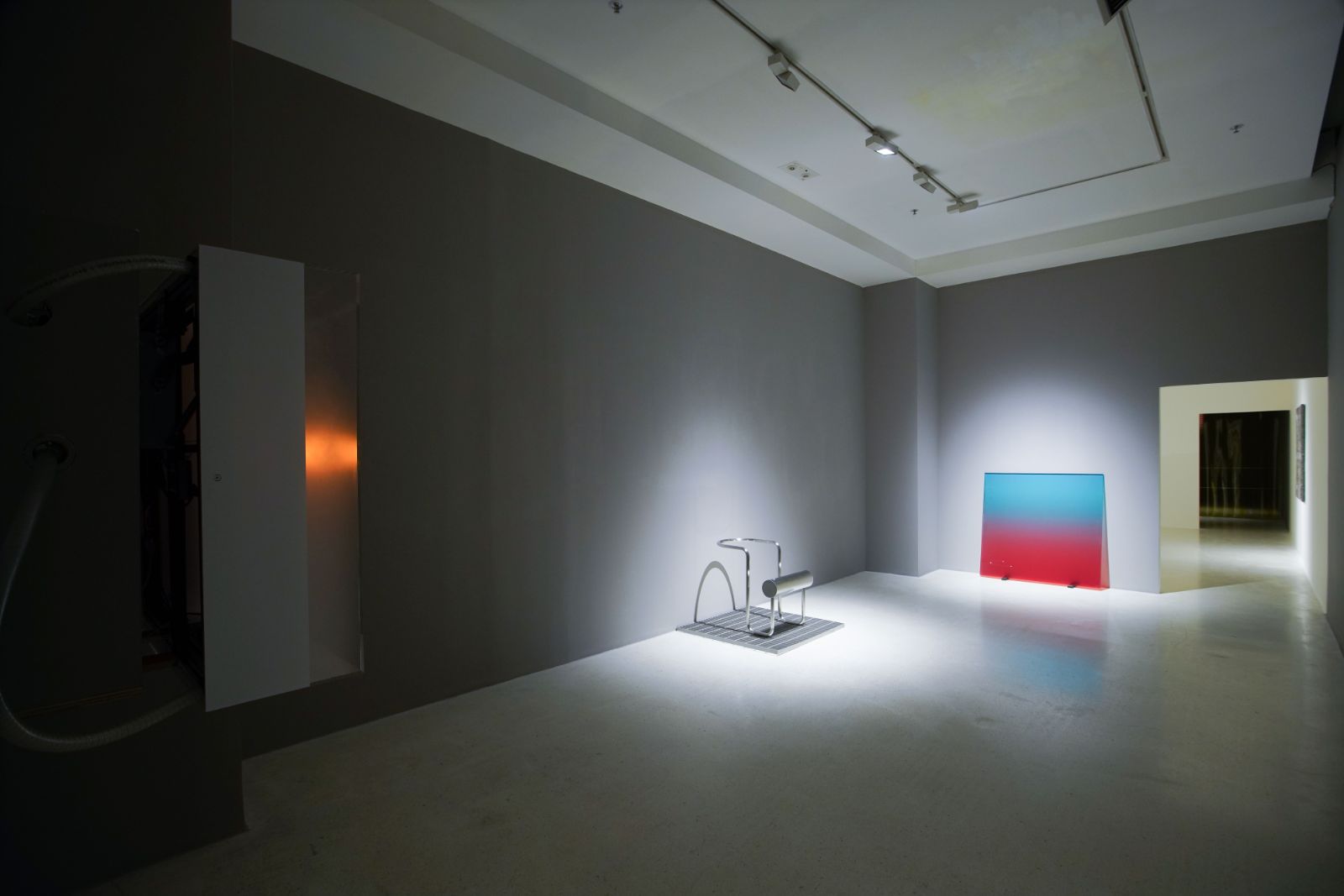
Exhibition view, ‘A Thousand Layers of Stomach’, by A. A. Murakami, 2022
COURTESY: A. A. Murakami & Pearl Lam Galleries
TDE: What are the consequences for collectible design of this interest from a younger generation?
Pearl Lam: So in 2021 there was the inaugural edition of Design Miami/ Podium x Shanghai and certainly people’s decoration has become much more sophisticated, even though there are a lot of copies there … I think if design is marketed in the right way, interest will grow. If people understand what conceptual design is – which is basically what I used to call cross-discipline design – and understand the intellectual idea behind it, then they will look at it very differently. They won’t just look at it as a piece of furniture. But it’s also about how to mix everything in your home. The problem is that not everyone understands how to mix some old and some new. You have to be eclectic to show your personality.
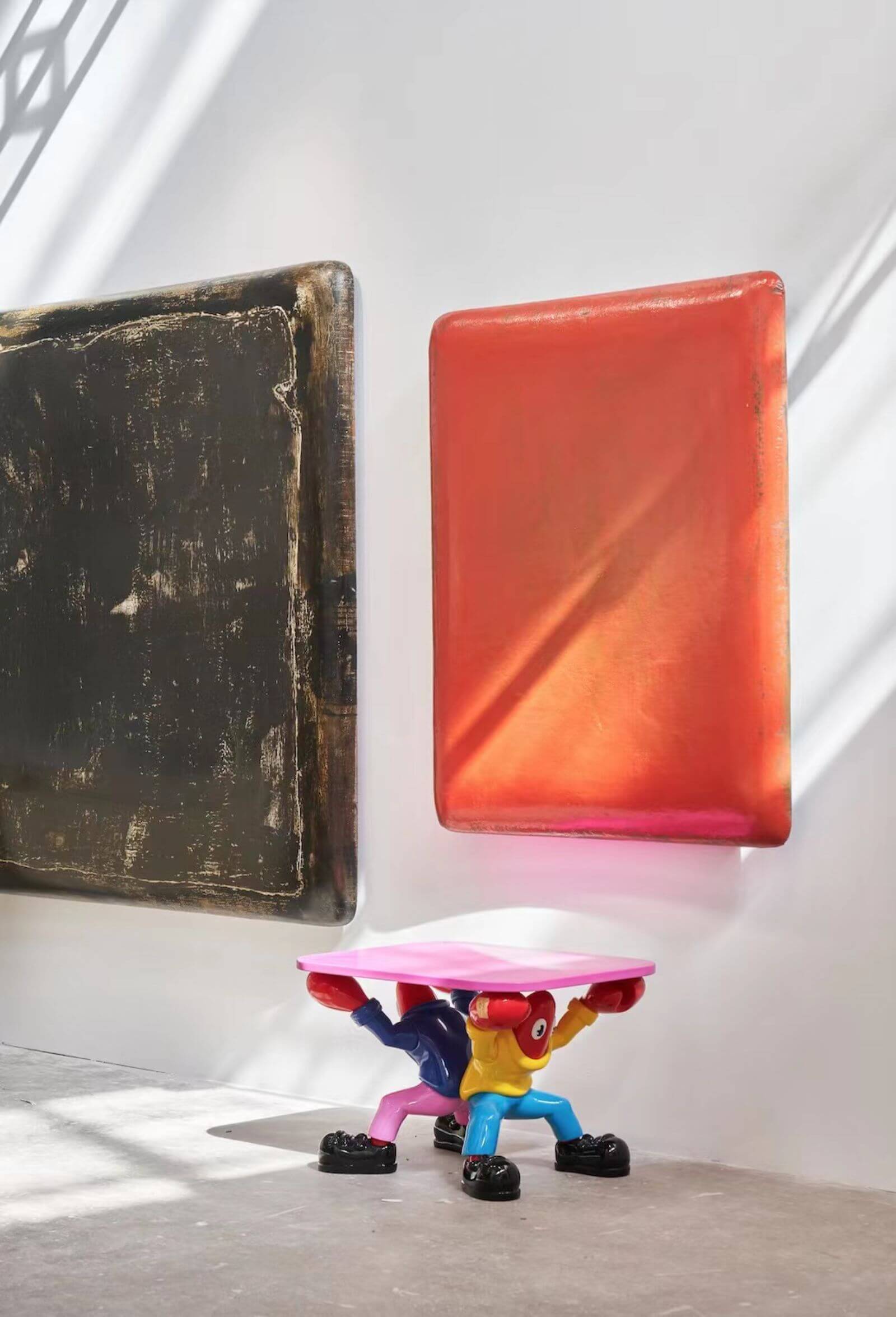
Philip Colbert, ‘Lobster Stool (Magenta)’, 2022 at West Bund Art & Design Fair in Shanghai
COURTESY: Philip Colbert & Pearl Lam Galleries
TDE: This has been a difficult period, both politically and in terms of the Covid pandemic. What are your plans now?
Pearl Lam: When I walked around Design Miami/ Basel there were a lot of new designers who I didn’t know. There were new materials, new technologies and new designs. Obviously, I’m interested, as we’re thinking of reopening the design gallery next year – or if not next year, in 2024, because I think that now, design in Shanghai would work. It’s the right time. And since André Dubreuil has passed away, I would love to do a big show on him. A non-selling show. We have to remember how great this person was and his work.
